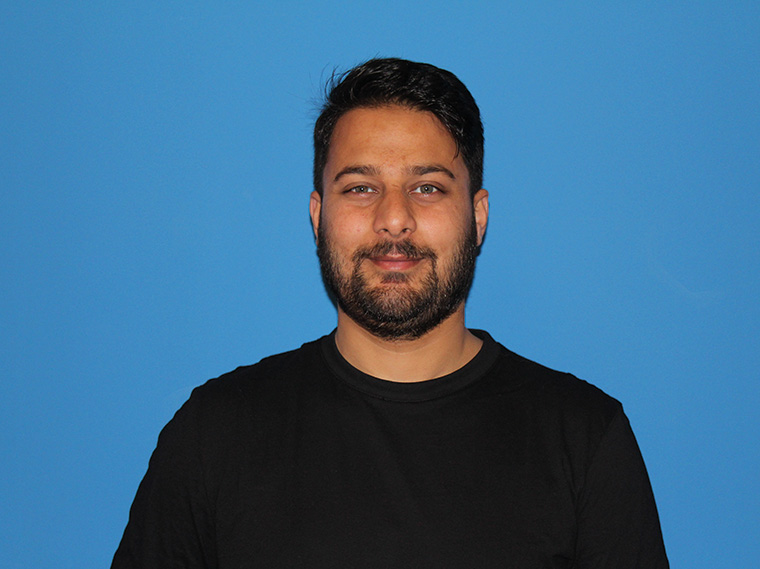
T
+34 946 567 842
F
+34 946 567 842
E
simtiyaz@bcamath.org
Information of interest
- Orcid: 0000-0002-8115-8082
My research is interdisciplinary spanning theoretical computer science, quantum foundations and complex systems. I am interested in developing a theory based on strong epistemological and mathematical foundations for complex system-modelling as a continuation of my doctoral work on the Topological Field Theory of Data.pdf. I have explored a connection of computational aspects of this theory to algebraic interpretation of quantum contextuality, an emerging semantics -- Contextual Semantics_0.pdf. Amongst my most significant contributions is the expressiveness of quantum contextuality, an empirical phenomenon quantifiable as a novel pattern in data, by a novel model of computation -- topological interactive machine that advocates openness: a synergistic interaction between structure and computation unlike Turing-like interaction models. The contextual semantics emerge as transient virtual loops, a boundary phenomenon for topological phase transition - changing homotopy class of evolving space. The work has established a formal connection between quantum contextuality and interactive computation: Contextual Semantics Machinery_1.pdf. The work proposes a promising interaction between quantum foundations and theoretical computer science to bridge the ever increasing gap between the physical and the digital. Further, a general stratagem was proposed for associating an explicit approximation of topological space to empirical models in the foundations of quantum physics. The framework could provide a practical way to propose new models for witnessing higher dimensional contextuality in guiding physical experiments and linking the phenomenon to the evolution of geometric structures on 3-manifolds: Topology of Empirical Models.pdf. The boundary physics in this modelling can open frontiers for industrially realisable implementation of a physical machine using topological insulators.
Apart from ongoing development in the theory, it would be relevant to apply my work on a complex system like the brain. I am interested in applying several aspects of this ongoing theory in modelling the three-dimensional spatial navigation of the brain that could lead to deeper understanding of causal structures. In particular, I am exploring an emerging realisable algebraic-structures in physiological space of the hippocampus in the presence of a non-Euclidean map with external reality as problem of reconstructing the 3-manifold based on evolving geometric structures that could guide navigation using minimalist information and traverse novel trajectories guided by the philosophy of differential heterogenesis.
